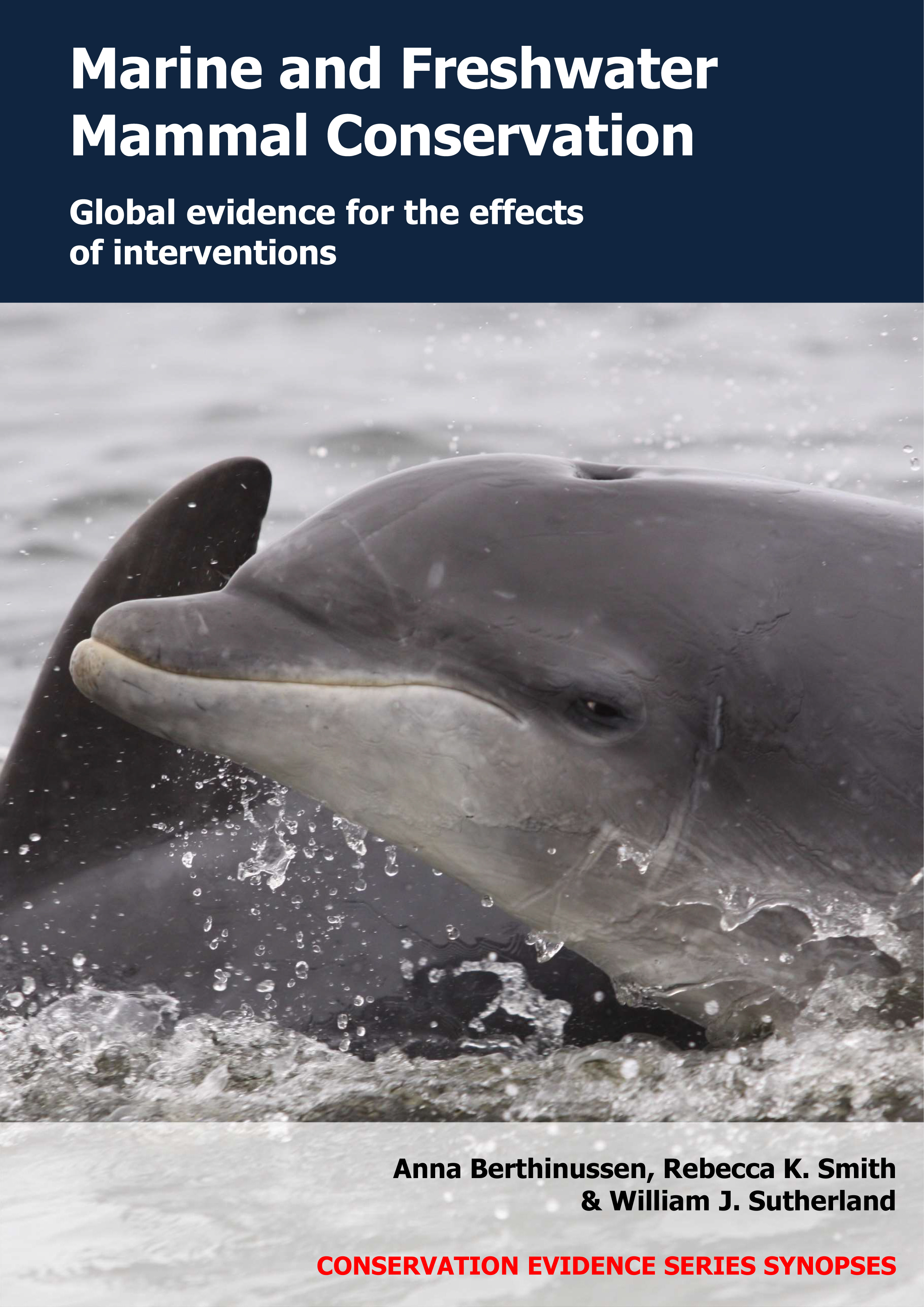Use drugs to treat parasites
-
Overall effectiveness category Likely to be beneficial
-
Number of studies: 2
View assessment score
Hide assessment score
How is the evidence assessed?
-
Effectiveness
50% -
Certainty
40% -
Harms
10%
Study locations
Supporting evidence from individual studies
A controlled, before-and-after study in 2006 on an island in the North Pacific Ocean, off the coast of California, USA (DeLong et al. 2009) found that northern fur seal Callorhinus ursinus pups treated with an anti-parasitic drug (ivermectin) had reduced hookworm Uncinaria lucasi infections, lower mortality rates and greater growth rates than untreated pups. The number of treated pups with hookworm infections decreased from 24% (36 of 151 pups) to 6% (2 of 34 pups) 19–34 days after treatment with ivermectin. In comparison, the number of infected untreated pups increased from 24% (36 of 149 pups) to 67% (20 of 30 pups). Mortality rates were lower for pups treated with ivermectin (10 of 149 pups died, 7%) than untreated pups (50 of 151 pups died, 33%), and growth rates were greater (treated: 0.06 kg/day; untreated: 0.04 kg/day). In July 2006, seal pups were captured, tagged and alternately assigned to a treatment group (injected with ivermectin; 151 pups) or untreated control group (injected with saline solution; 149 pups). Hookworm eggs were counted in faecal samples in July (all of 300 pups) and August 2006 (34 treated pups, 30 untreated pups). Pups were weighed in July (all of 300 pups) and September 2006 (number not reported). Mortality surveys were carried out every 3–20 days in July–December 2006.
Study and other actions testedA controlled study in 2009–2010 on an island in the North Pacific Ocean, Hawaii, USA (Gobush et al. 2011) found that Hawaiian monk seal Monachus schauinslandi pups treated with an anti-parasitic drug (praziquantel) had similar parasite loads and survival rates to untreated pups. The number of faecal samples containing parasitic worms (cestodes Diphyllobothrium spp.) did not differ significantly between treated pups (44 of 46 samples, 96%) and untreated pups (43 of 44 samples, 98%). Survival rates also did not differ significantly between treated pups (20 of 23 pups survived, 87%) and untreated pups (19 of 20 pups survived, 95%). Forty-three tagged seal pups (<2 years old) were randomly assigned to a treatment group (injected with praziquantel; 23 pups) or an untreated control group (20 pups). Each of 43 pups was captured, weighed, measured, injected (treatment group only) and had faeces sampled up to four times, 8–16 weeks apart, between December 2009 and May 2010.
Study and other actions tested
Where has this evidence come from?
List of journals searched by synopsis
All the journals searched for all synopses
This Action forms part of the Action Synopsis:
Marine and Freshwater Mammal Conservation
Marine and Freshwater Mammal Conservation - Published 2021
Marine and Freshwater Mammal Synopsis





)_2023.JPG)














